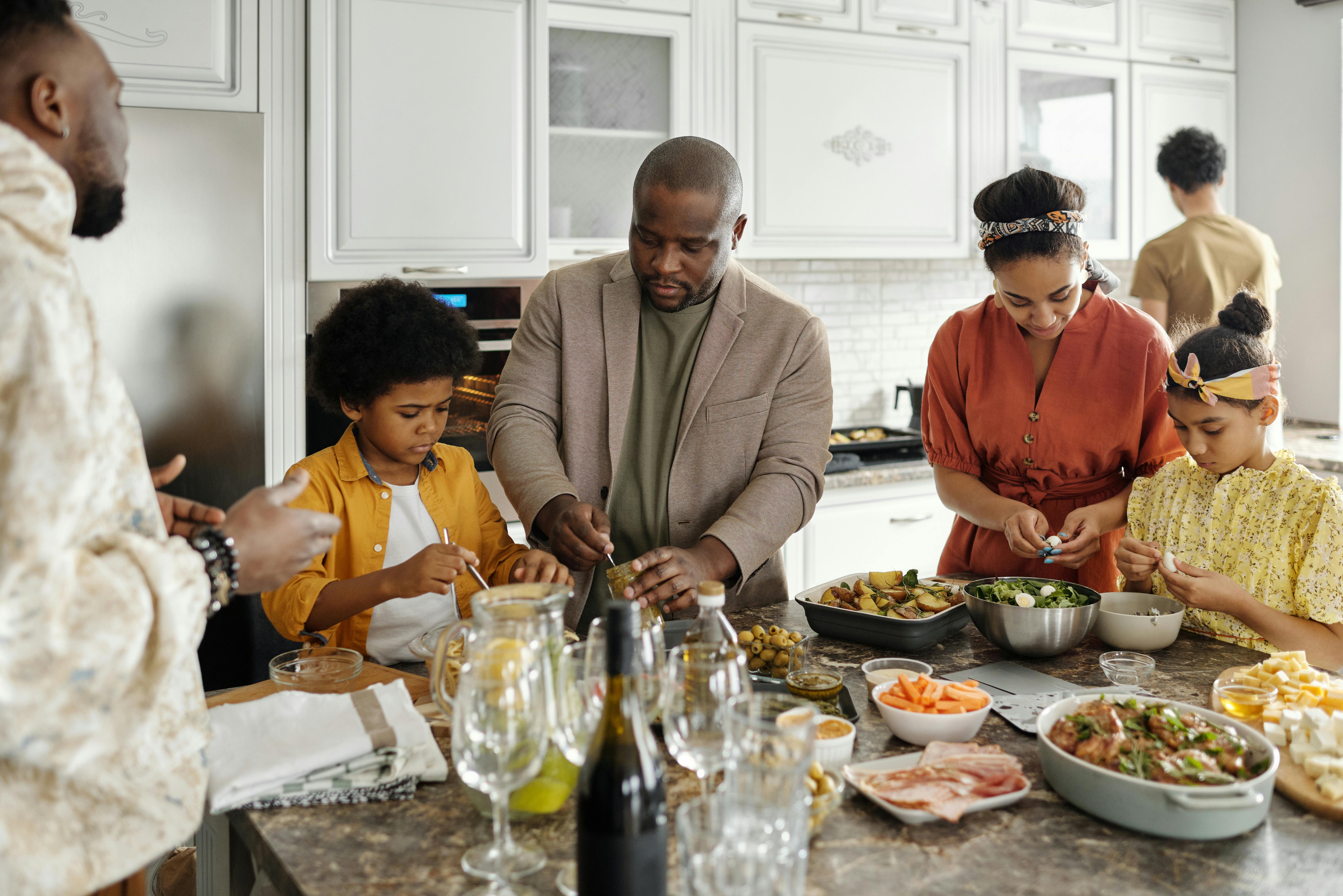How much does a log house cost?
“How much does a log house cost?” is the most frequently asked question in the industry and also the most difficult to answer. Customers aren’t the only ones who are frustrated; dealers and manufacturers are fully aware that not giving an easy answer could lose a sale. In reality, however, the answer is “That depends,” and the sooner homeowners accept this statement, the sooner they can start looking in the right place.
WHAT DO I MEAN BY THE RIGHT PLACE? Like everyone else, my husband and I began our search with exclamation gasps at the majestic, multi-faceted houses with numerous roof peaks, giant trusses, huge windows, and large logs. What we didn’t realize right away is that each of our favorite log houses was handmade and so far out of our price range, we might as well have been buying a castle.
The first thing you need to do is distinguish between a handmade log house and a milled log house. Hand-built log homes will cost 2-4 times more per square foot than a sawn log home, when you consider the size of the logs and the intense labor required from the first day they are selected. If the logs are not the same size, you will know immediately that you are looking at a handmade house.
MILL LOG HOUSES: If you are selecting a handmade log house, you don’t need to be reading this article! For the rest of us, there are other basic factors to consider if you’re looking at price: log diameter, log species, and log corners. The first two factors speak for themselves. However, the corner system can make a big difference. For example, think about how records are stacked. If you remember your Lincoln Log toy, you had to find the half log to start the first course. This is how a Saddle-Notched corner system is built. The rows are staggered and the logs are notched to fit snugly together, and when you look around the corner you’ll see that each end of the logs sits on top of the one below, creating a continuous, unbroken run from top to bottom. Notches require another pass through the mill and will add to the final cost.
When you look at a Butt-and-Pass log house, you will see a gap between each log beyond the corner. This is because all the logs are placed on the same plane; the first course starts with a full log and hits the other wall log that passes next to it. The following course reverses the process. There is no notch to hold them together, therefore less time in the mill. If you compare a cap and go house to a saddle notched house, dollar for dollar, the cap and go house should be less expensive. This is where aesthetics come into play.
A house with logs that are flat inside and out will likely be joined with a dovetail system, where the logs are notched at an angle and fit together perfectly. Think of the corner of your kitchen drawer. These also require higher precision equipment and are slightly more expensive to build.
There are other corner systems, but these three are the most common. Just keep in mind that the corner creates one of the big differences between one manufacturer’s milled product and another.
PACKAGE REGISTRATION. Once you’ve settled on the corner system, you’ll find that each company prices their records differently. To get a real apples-to-apples comparison, you should request a quote ONLY at registration. And remember that logs make up 1/4 to 1/5 of the cost of the eventual home. I think you’ll find that within the same size, species, and corner system, the basic costs won’t vary much from manufacturer to manufacturer…not including shipping, of course.
Many companies cite a weather-tight casing, which means all the components for a weather-tight house: logs, windows, roof sheathing, doors. It’s tempting to get this type of quote, but remember you may be paying thousands of dollars extra to ship generic lumber across the country. And when the extra stuff is delivered, it’s up to you to store it safely and dry on site. If your contractor buys the lumber locally, you can get it when you need it, instead of months in advance.
IT IS A CUSTOM HOUSE. Once you get past building log walls, you’ll find that your log home isn’t much different from any other custom home. The roof materials are the same, the heating systems are the same, the windows are basically the same. Most of your decisions are inside the house: standard kitchen vs. custom cabinets, granite vs. Formica, hardwood floors vs. carpeted, tongue and groove vs. plaster, antler chandelier vs. wagon wheel…this is where the big price differences can add up. It’s a custom home, remember, and the choices are up to you. In the Mid-Atlantic states, the price per square foot of a custom frame home and a custom log home will be fairly equivalent. When you look at it from that point of view, the whole pricing equation starts to make more sense.
BOTTOM LINE: This is where we all get into trouble. There is no agreement on a budget price, because local costs vary widely. Four years ago, when I started designing my house, the magazines said to budget $150 per square foot. I thought this was outrageous, but in the end, we spent about $157 per square foot on a saddle notched house with 8″ pine logs and a few upgrades, so I’m glad I paid attention. If you start there, you will see at least being in the ballpark.
